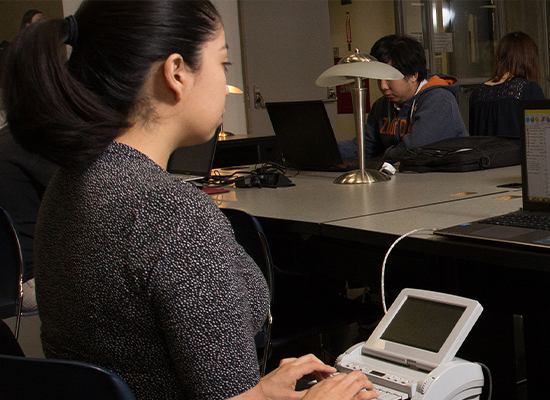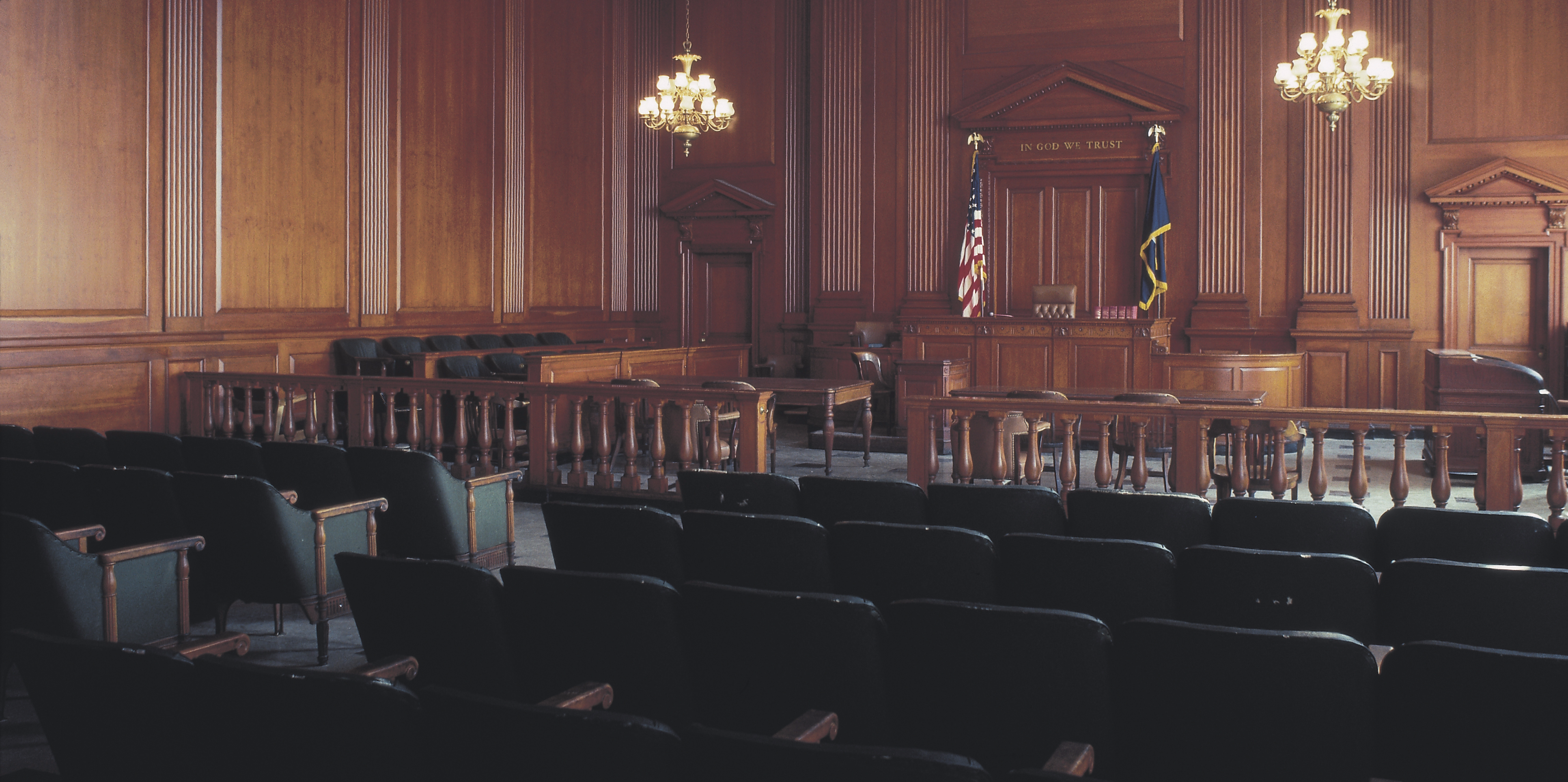Just How Court Reporting Works: A Step-by-Step Guide to the Legal Process
Court reporting is an essential element of the lawful system. It entails a structured procedure that assures accurate documents of procedures. From prep work to the last distribution of transcripts, each step is essential. Understanding just how stenotype reporter operate deals understanding into the stability of lawful documents. The subtleties of their job can profoundly influence lawful end results, prompting concerns about the methods and innovations they utilize. What are the specific strategies that define this occupation?
The Function of Court Reporters in the Legal System
Court press reporters play an important role in the legal system by giving reputable and accurate transcripts of court procedures. Their work guarantees that every talked word throughout depositions, trials, and hearings is recorded, which is crucial for maintaining an official document of events. This transcription is fundamental for charms, as it permits greater courts to assess the procedures and determine if any type of mistakes were made during the trial.
In addition, court press reporters help in protecting the stability of the lawful procedure by creating verbatim documents that can be described by attorneys, judges, and other events associated with a situation. They often use specific equipment and software program to catch discussion with accuracy. Past the court room, their transcripts can serve as essential historical documents, supplying insight right into judicial procedures and the legal system's functioning. Ultimately, stenotype reporter contribute greatly to openness and accountability in lawful matters.
Planning for a Court Reporting Session
Prep work is important for a successful court reporting session, as it assures the accuracy and efficiency of the transcription process. Court press reporters begin by assessing instance products, consisting of pleadings and witness checklists, to acquaint themselves with the terms and context. They additionally make sure that they have the required tools, such as steno machines, note pads, and back-up gadgets, on-line.
Before the session, interaction with lawful groups is vital. Reporters typically clear up any kind of details requests relating to formatting or favored terms. In addition, they might arrange to consult with lawyers or witnesses to review the proceedings and validate the schedule. Showing up early to establish the equipment permits repairing possible technical concerns. In general, thorough preparation not only boosts the press reporter's confidence but also contributes considerably to generating a clear and exact document of the lawful process.

Recording the Record: Techniques and Tools
Utilizing advanced techniques and trusted tools, stenotype reporter carefully record the talked word during legal process. They utilize stenography, a method entailing a specialized machine that enables them to type multiple audios simultaneously, thereby recording dialogue in real time. This device, called a steno keyboard, is equipped with keys that represent words and syllables, allowing swift and exact input.
In enhancement to stenography, stenotype reporter might utilize audio recording gadgets as additional devices. These gadgets function as backups, ensuring that no important information is lost during procedures. Some press reporters integrate software program that boosts their transcription efficiency, using features such as voice acknowledgment and automated formatting.
Proper positioning and emphasis are vital; reporters need to keep attention on all speakers, capturing subtleties and inflections that add to the document. With a combination of ability and modern technology, stenotype reporter support the honesty of the legal procedure by making sure a detailed and accurate document of events.
Recording the Process
Recording the process needs stenotype reporter to convert talked discussion into created text with extraordinary precision and rate. This procedure typically occurs promptly after the recording has actually been caught, making use of specialized software program that enables smooth transcription. Stenotype reporter should listen diligently to the audio, ensuring that every time out, word, and inflection is properly stood for in the transcript.
They usually rely upon shorthand systems, personal transcription abilities, and advanced innovation to facilitate this job. The environment in which they work can be sometimes chaotic and fast-paced, as lawful proceedings frequently involve numerous speakers and technological jargon. Court reporters need to additionally preserve concentration to catch nuances in tone and context that might be essential for the lawful record. Ultimately, the precision of the transcription is important, as it acts as a certification for future reference in lawful process.
Modifying the transcript and assessing
The process of assessing and editing and enhancing the transcript is important for making sure precision in court reporting. Court press reporters frequently collaborate with attorneys to make clear any ambiguities and validate the accuracy of the videotaped declarations. This collaboration is vital why not look here for preserving the stability of the legal record.
Importance of Accuracy
Accuracy acts as the cornerstone of effective court reporting, as also minor errors can substantially change the meaning of legal proceedings. The assessing and modifying procedure is important in making certain that records show the spoken word with fidelity. Court press reporters thoroughly validate names, technical terms, and lawful jargon to preserve accuracy. This focus to information helps stop misunderstandings that might impact instance end results. Additionally, precision cultivates trust fund amongst lawyers, customers, and the court, strengthening the stability of the judicial system. Errors can bring about conflicts or charms, making it important for reporters to fine-tune their job extensively. Eventually, the search of precision not only enhances the reliability of the transcript but also supports the requirements of the lawful occupation.
Cooperation With Attorneys
Collaboration between court reporters and lawyers is crucial during the assessing and editing and enhancing stage of records manufacturing. This procedure ensures that the final file accurately reflects the talked word and complies with lawful standards. Lawyers frequently examine records for details terminology, context, and any type of prospective mistakes that could impact the instance. Court reporters depend on attorneys' know-how to clarify ambiguous areas or highlight crucial statements. Reliable communication is key; lawyers may offer comments or request modifications, which court press reporters have to resolve immediately. This partnership not just boosts the high quality of the transcript yet additionally adds to a smoother lawful process. Ultimately, joint efforts cause a reliable and specific document, crucial for future recommendations and legal procedures.
Providing the Last Transcript to Customers
Upon completion of the transcription procedure, court reporters thoroughly prepare the last file for distribution to their clients. This final transcript undergoes thorough proofreading to guarantee precision, as any errors could considerably influence legal proceedings. Court reporters layout the file according to the details needs stated by the customers or lawful firms, including pagination, indexing, and any required exhibits.

Ultimately, stenotype reporter may provide a cover letter summing up essential details and using additional help if needed. This comprehensive approach warranties that clients obtain a sleek, precise, and conveniently accessible records, necessary for their legal demands.
Regularly Asked Inquiries
What Credentials Are Required to End Up Being a Court Press Reporter?
To become a court reporter, people typically need a high school diploma, conclusion of a court reporting program, and accreditation or licensure, relying on state demands. durham court reporting. Efficiency in shorthand and technology is additionally vital for success
For how long Does It Take to Complete Court Reporting Training?
Commonly, finishing court reporting training takes between 18 months to four years, relying on the program's strength, the trainee's pace, and the certain needs of the jurisdiction in which they desire to practice.

What Is the Ordinary Wage of a Stenotype Reporter?
The ordinary wage of a stenotype reporter differs by location and experience, usually varying from $45,000 to $100,000 every year (durham court reporting). Factors such as expertise and demand can significantly affect their incomes in various areas
Are Court Reporters Required to Have Certification?
Court press reporters are generally needed to acquire certification, which assures they have the necessary skills and knowledge for accurate transcription. Qualification requirements can vary by state or jurisdiction, mirroring specialist criteria within the legal neighborhood.
Can Court Reporters Work From Another Location or Freelance?
Court reporters can function remotely or freelance, providing adaptability in their occupation. Several utilize modern technology to record proceedings from various places, permitting for diverse opportunities in the lawful field while keeping a work-life equilibrium.
Court reporters play a vital role in the legal system by supplying exact and dependable records of court process. Additionally, court reporters help in preserving the integrity of the legal procedure by creating verbatim records that can be referred to by attorneys, judges, and various other events involved in a case. Utilizing sophisticated strategies and dependable devices, court press reporters carefully record the talked word throughout legal procedures. Court press reporters need to also keep concentration to record nuances in tone and context that may be vital for the legal record. To end up being a court press reporter, individuals usually need a high school diploma, completion of look at these guys a court reporting program, and qualification or licensure, depending on state needs.